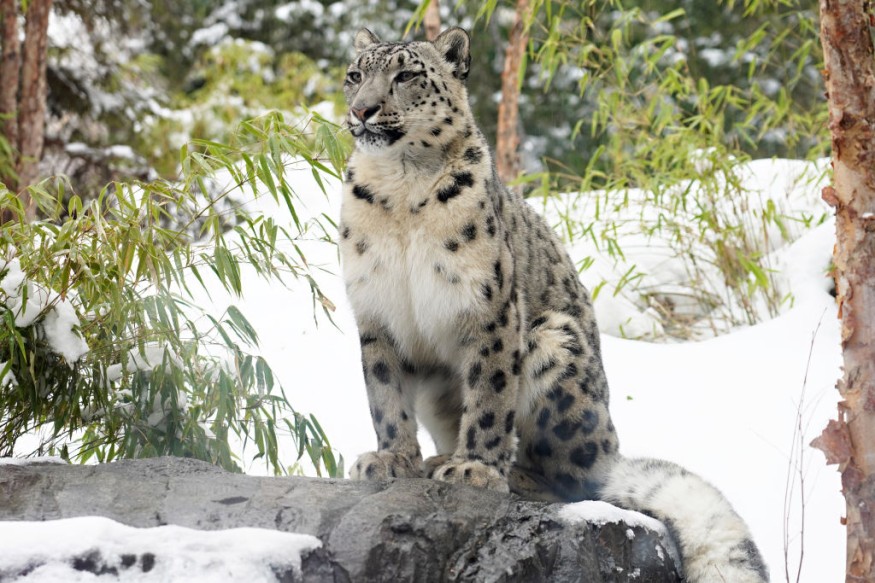According to a report, researchers unraveled the diet of snow leopards. Based on the collected fecal samples, the animal consumed plants as a daily diet.
Snow leopards are unique animals in the wild. However, recording or monitoring them is challenging because of their evasiveness. As a result, understanding more about snow leopards' diet can help offer new insights into their existence.
In a recent report, researchers conducted DNA analysis to understand snow leopards' diet better. After collecting over 90 fecal samples from the Kyrgyz Republic, the researchers analyzed the DNA of prey animals and plants in the feces.
Snow leopard's diet: New research shows that this animal eats plants

Because the snow leopards are evasive, analyzing their prey's fecal samples will help decipher their diet and behavior in the wild. As the animal kingdom becomes competitive and threatened by habitat loss, the findings can better protect the animals for future conservation and protection efforts.
According to a report, the researchers identified a plant genus that the animal frequently consumes based on the collected samples. The species eats the genus Myricaria when it is hungry. This finding adds more information, as the animals are known to be carnivores.
However, these animals are threatened by habitat loss, poaching, and retaliatory killings. Among all threats, climate change has an alarming impact on their population, which damages the significant snow in their areas.
The Sarychat-Ertash Nature Reserve is located in the Kyrgyz Republic. It is home to snow leopards and other mammals. Additionally, the researchers collected different fecal samples from 36 other mammals in the region.
In the analysis, the researchers noted that about 45% of Myricaria was found in the animal's feces. Using a molecular-based approach, the study understood better the animal's plant diet.
With the findings, the researchers can offer new insights into improving the lives of snow leopards in captive environments and ensuring their health. This information can also become extremely helpful in conservation plans. Due to its pressing threats, the animal is considered vulnerable to decline.
According to the report, the research was published in Royal Society Open Science. Researchers from Kyoto University contributed new insights into the snow leopard's diet.
Snow leopards in Mongolia
In a recent Nature World News report, snow leopards are threatened in Mongolia. Desertification and climate change have caused the decline of snow leopards in overgrazed mountains.
Another concern is habitat loss. The report highlights that local farmers have spread their flocks, significantly affecting the significant and reserved habitats for these animals.
The country is also looking for ways to protect these unique creatures from further decline and reduce the widespread grazing of lands.
Related Article : Animal's DNA Footprint Helps Monitor Elusive Polar Bears in Arctic
For more similar stories, don't forget to follow Nature World News.
© 2025 NatureWorldNews.com All rights reserved. Do not reproduce without permission.





